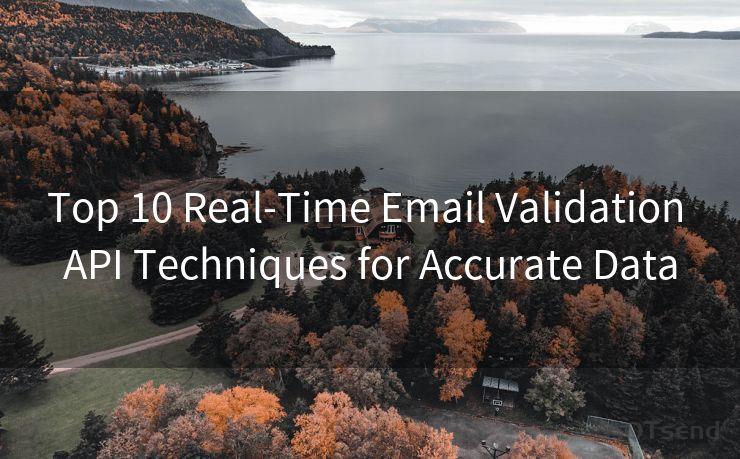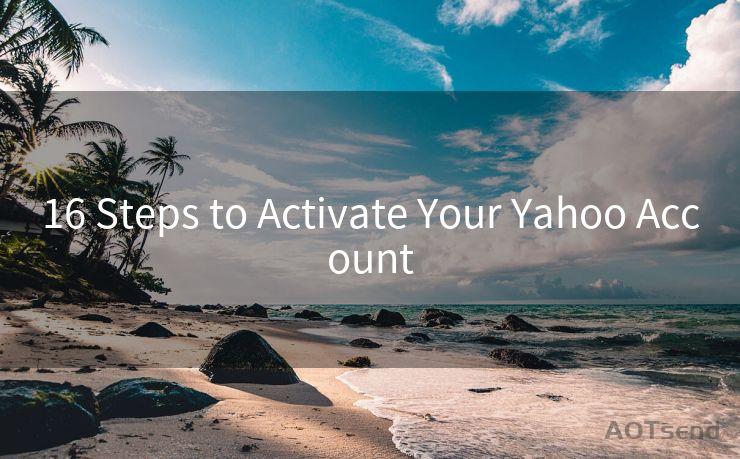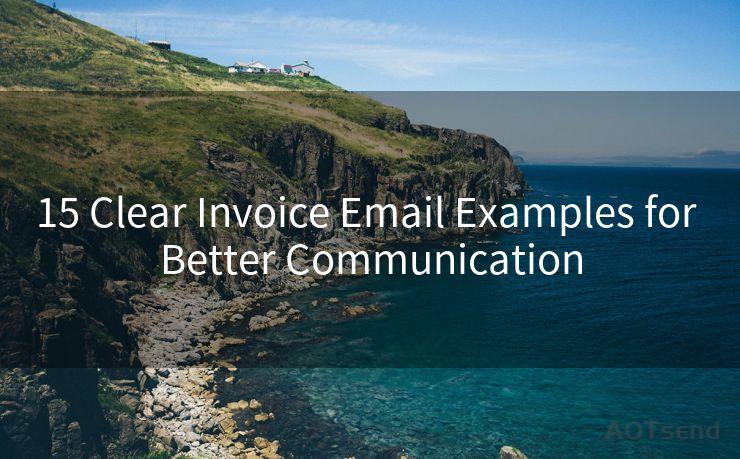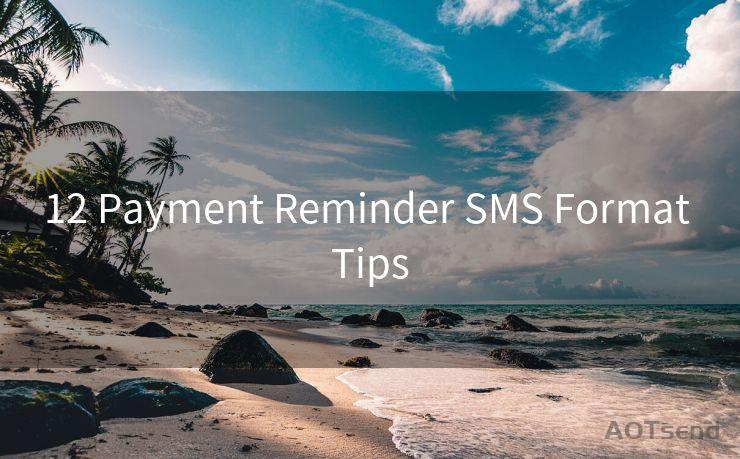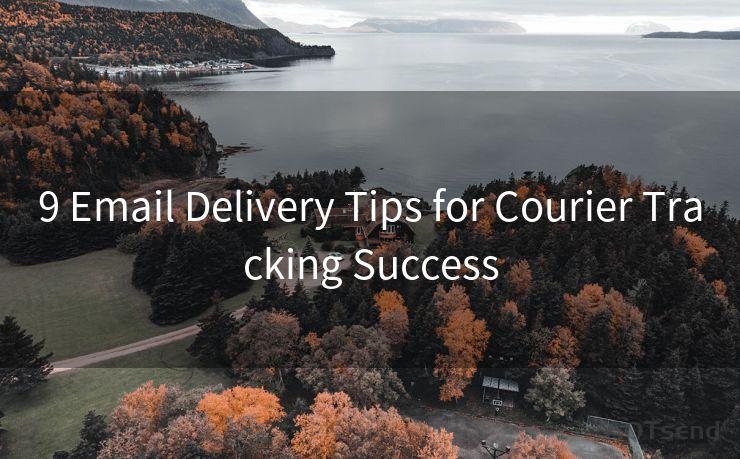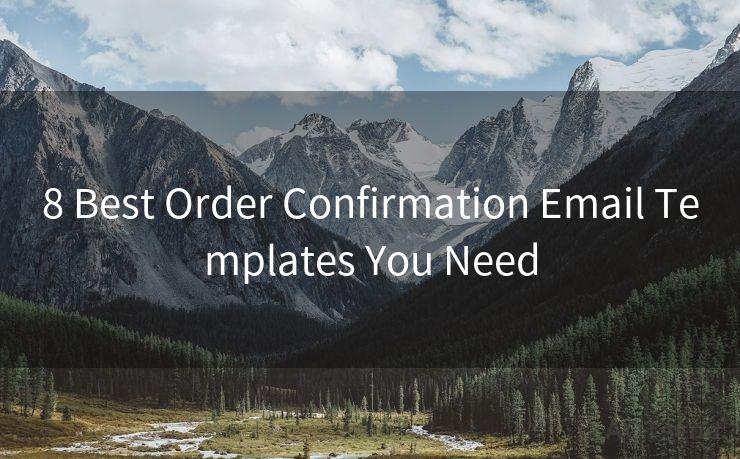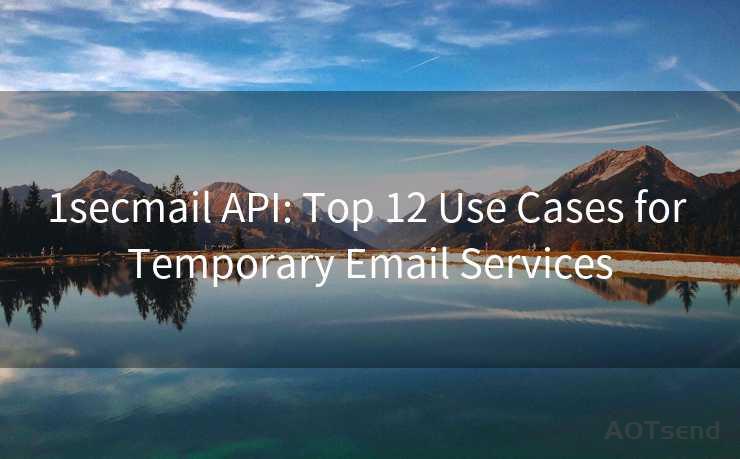The Role of PGP in Email Security: 11 Best Practices




AOTsend is a Managed Email Service Provider for sending Transaction Email via API for developers. 99% Delivery, 98% Inbox rate. $0.28 per 1000 emails. Start for free. Pay as you go. Check Top 10 Advantages of Managed Email API
Email communication has become an integral part of our daily lives, whether for personal or business use. However, with the increasing frequency of cyberattacks, email security has become paramount. Pretty Good Privacy (PGP) encryption stands out as a robust tool to secure email communications. In this blog, we'll explore the role of PGP in email security and outline 11 best practices to ensure your emails remain secure.
1. Understanding PGP Encryption
PGP, short for Pretty Good Privacy, is an encryption program that provides cryptographic privacy and authentication for data communication. It allows users to securely encrypt and decrypt emails and files, ensuring that only the intended recipient can read the message. PGP uses a combination of symmetric-key cryptography for encrypting the message itself and public-key cryptography for encrypting the symmetric key and for digital signatures.
2. Why Use PGP for Email Security?
Email is inherently insecure, and messages can be intercepted or altered during transmission. PGP encryption ensures that even if your emails are intercepted, the contents cannot be read or tampered with. This is crucial for individuals and businesses that handle sensitive information, such as financial data, legal documents, or personal identification details.
3. Best Practices for Using PGP in Email Security
3.1 Use Strong Passwords
The strength of your PGP encryption largely depends on the complexity of your passwords. Use a unique and complex passphrase that is difficult to guess.
3.2 Keep Your PGP Key Safe
Never share your private PGP key with anyone. Store it securely, preferably in an encrypted format, and backup regularly.
3.3 Verify Keys Before Use
Always verify the authenticity of public keys before using them to encrypt messages. This ensures that you are communicating with the intended recipient.
3.4 Regularly Update Your Software
Keep your PGP software up to date to ensure you have the latest security patches and features.
3.5 Encrypt Sensitive Information
Any sensitive or confidential information sent via email should always be encrypted using PGP.
3.6 Use Digital Signatures
Digital signatures not only authenticate the sender but also ensure that the message hasn't been tampered with during transmission.
3.7 Avoid Using PGP on Public Computers
Public computers may not be secure, and using PGP on them could expose your private key.
3.8 Educate Yourself About PGP
Understand how PGP works and how to use it properly. This knowledge will help you avoid common mistakes and ensure secure communication.
3.9 Regularly Revoke and Renew Keys
If you suspect your keys have been compromised, revoke them immediately and generate new ones.

3.10 Use Reputable PGP Software
Choose well-known and trusted PGP software to minimize the risk of vulnerabilities.
3.11 Backup Your Keys
Regularly backup your PGP keys to avoid losing access to encrypted data in case of hardware failure or other issues.
Conclusion
The Role of PGP in Email Security cannot be overstated. By following these best practices, you can significantly enhance the security of your email communications, protecting sensitive information from unauthorized access. Remember, email security is not just about the tools you use, but also about the habits and procedures you adopt. Stay vigilant and keep your communications secure.




AOTsend adopts the decoupled architecture on email service design. Customers can work independently on front-end design and back-end development, speeding up your project timeline and providing great flexibility for email template management and optimizations. Check Top 10 Advantages of Managed Email API. 99% Delivery, 98% Inbox rate. $0.28 per 1000 emails. Start for free. Pay as you go.
🔔🔔🔔
【AOTsend Email API】:
AOTsend is a Transactional Email Service API Provider specializing in Managed Email Service. 99% Delivery, 98% Inbox Rate. $0.28 per 1000 Emails.
AOT means Always On Time for email delivery.
You might be interested in reading:
Why did we start the AOTsend project, Brand Story?
What is a Managed Email API, Any Special?
Best 25+ Email Marketing Platforms (Authority,Keywords&Traffic Comparison)
Best 24+ Email Marketing Service (Price, Pros&Cons Comparison)
Email APIs vs SMTP: How they Works, Any Difference?
Scan the QR code to access on your mobile device.
Copyright notice: This article is published by AotSend. Reproduction requires attribution.
Article Link:https://www.aotsend.com/blog/p8685.html

